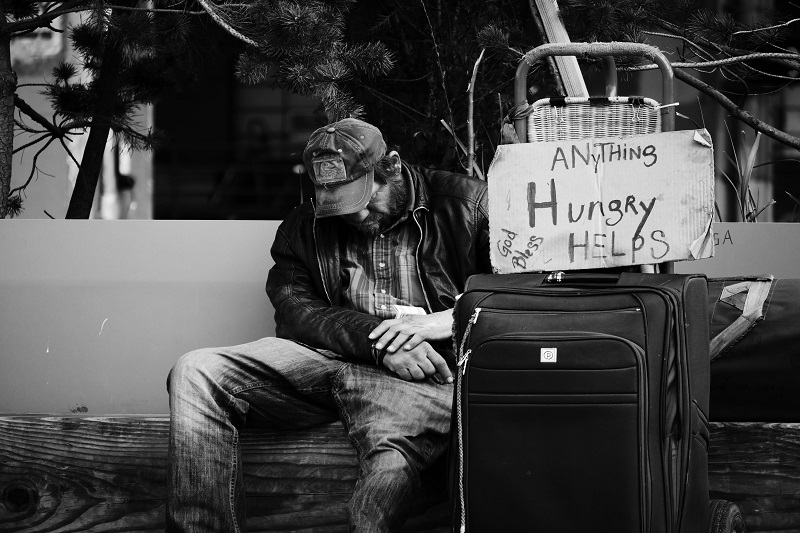
The Forgotten Homeless: Former Prisoners Abandoned in Los Angeles County
In Los Angeles County, a significant and often overlooked population faces immense challenges in their struggle for survival: homeless individuals recently released from prison. The condition of these ex-offenders is a horrifying result of a dysfunctional system that fails to give them the resources and help they need to reintegrate into society. Although there have been initiatives to fight homelessness in California, the unique requirements of this vulnerable population have mostly gone unmet. We must address this matter and take prompt action to give these people the support they require to reconstruct their lives.
Contrary to other states, California does not mandate that prisoners have housing upon release, leaving a sizable population of homeless people on the streets. The issue is particularly acute in Los Angeles County, where the number of former inmates who are homeless nearly doubled in 2020. The COVID-19 pandemic, which further pushed vulnerable people into homelessness, has only deepened this situation.
The effects of this carelessness are severe and widespread. Statistics show a disproportionate percentage of homeless people are victims of violent crimes, while the impact on public safety is still unknown. Living in a setting with a high danger of violence results in a cycle of victimisation that causes further pain and trauma. To stop this cycle, immediate action must be taken to safeguard and assist these defenceless people.
Keep Reading
The Los Angeles County Probation Department, which supervises low-level convicts after their release, already faces several difficulties, such as a lack of manpower and an increase in lawsuits alleging sexual abuse of former juvenile offenders. The system is overburdened and unable to meet the requirements of homeless ex-offenders. Finding a comprehensive solution that solves the staffing shortages, improves support services, and protects these people’s safety and well-being is critically necessary.
Action must be taken right away to address this situation successfully. California needs to follow other states’ lead and require parolees to have housing when released. To give these people a secure environment, finding transitional homes, halfway houses, and shelters should be simple. To improve their capacity to connect with and aid soon-to-be-released prisoners, probation officers must be given more funding, manpower, and training.
To effectively solve this complex issue, cooperation is essential. To build a network of support that tackles the complex issues encountered by homeless former convicts, governmental organisations, nonprofit organisations, and community-based projects must collaborate. This involves offering instruction, training in specific skills, access to medical and mental health resources, and assistance with programmes for those struggling with addiction.
The homeless crisis among former prisoners in Los Angeles County is a grave issue that demands immediate attention and action. Our moral responsibility is to prevent these people from being left to a life of homelessness and despair after they have already paid their duty to society. We can create a path for homeless ex-offenders to rehabilitate their lives and effectively reintegrate into society by enacting broad reforms, investing in support services, and encouraging teamwork. It is time to acknowledge their difficulties and offer assistance to those who most require it.




